Notes
Possibly a crumb brush or clothing brush. Row of 6 holes along shorter sides. Row of 13 holes along edge of two longer sides. 2 central rows consist of 4 holes each. Central hole is the largest and is threaded where handle would have screwed in. Tiny hole above central hole. Some holes retain CU Alloy wires to hold in bristles. Back side is stained green- likely had a CU Alloy plate on back. Likely similar form to: http://museumcollection.winterthur.org/single-record.php?resultsperpage=60&view=catalog&srchtype=advanced&hasImage=on&ObjObjectName=&CreOrigin=&Earliest=&Latest=&CreCreatorLocal_tab=&materialsearch=&ObjObjectID=&ObjCategory=&DesMaterial_tab=&DesTechnique_tab=&AccCreditLineLocal=&CreMarkSignature=&recid=1959.0135+E&srchfld=&srchtxt=BRUSH&id=aef8&rownum=1&version=100&src=results-imagelink-only#.Vmg8yr-ugWW
Object Type
Has it Been Conserved?
Yes
Where Was It Found?
Project Site: House for Families [more details]
Material
Manufacturing Technology
Form
Completeness
Date
18th century
Country of Origin
Dimensions
21.46mm x 5.05mm x 63.35mm (W x H x L)
Illustration shows object in comparison to the size of a quarter
Weight
8.4 gram(s)
Object Number
1845545
DAACS Number
1845545
Project: House for Families
The structure identified as the “House for Families” on the 1787 Vaughan plan likely housed the majority of the enslaved population living at the Mansion House Farm for much of the second half of the eighteenth century. The building was in existence from circa 1760 until it was demolished in late 1792 or early 1793. The archaeological evidence for the structure consisted of a brick-lined storage cellar (44FX762/40-47) measuring roughly six feet by six feet. Historically the cellar served as a handy trash receptacle once it ceased to be used for its original storage function, and through extensive excavation has yielded an extremely rich assemblage of household refuse. The analysis of these remains offers the opportunity to study important aspects of the daily lives of Mount Vernon's enslaved community.
See All Objects From this Dig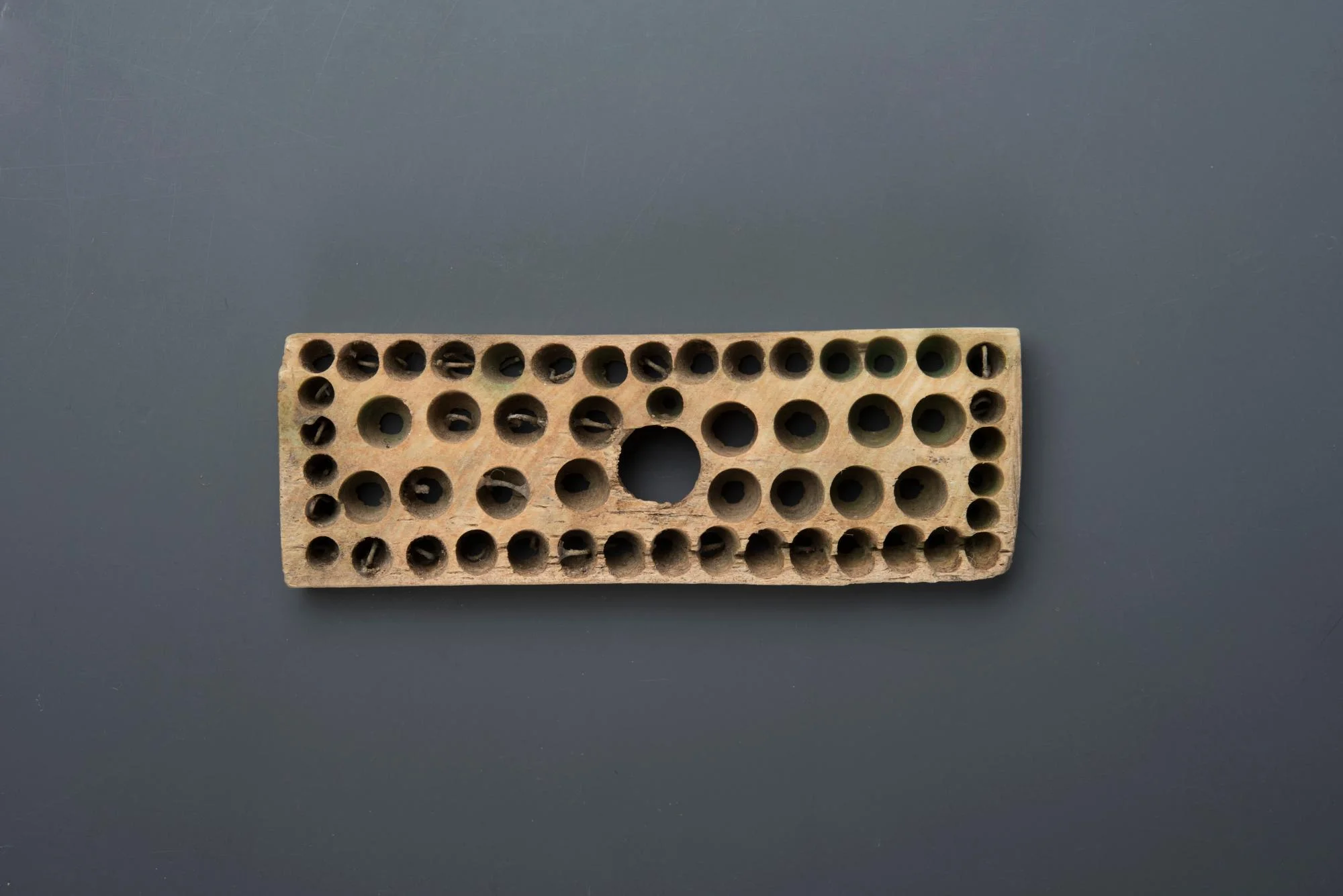
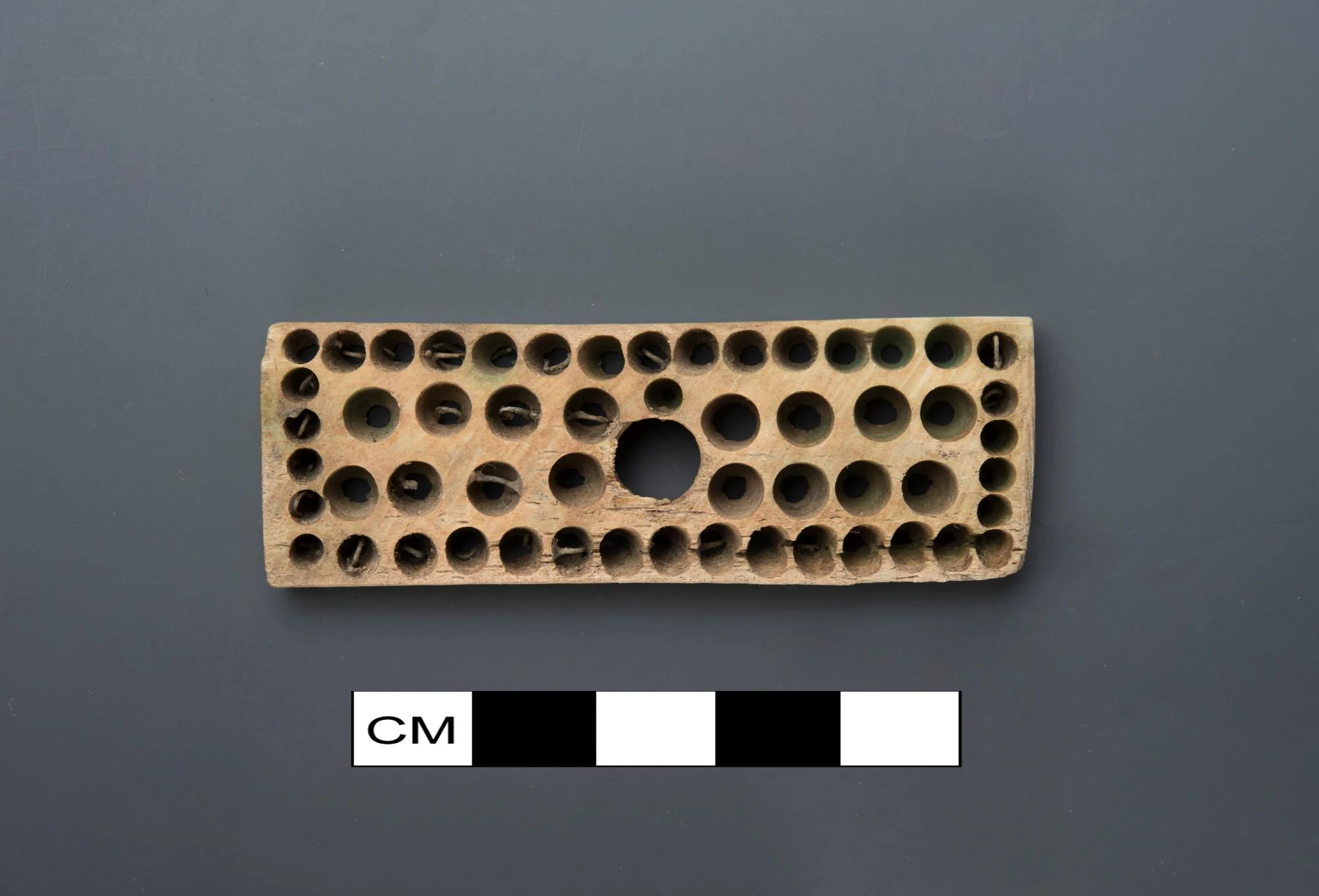
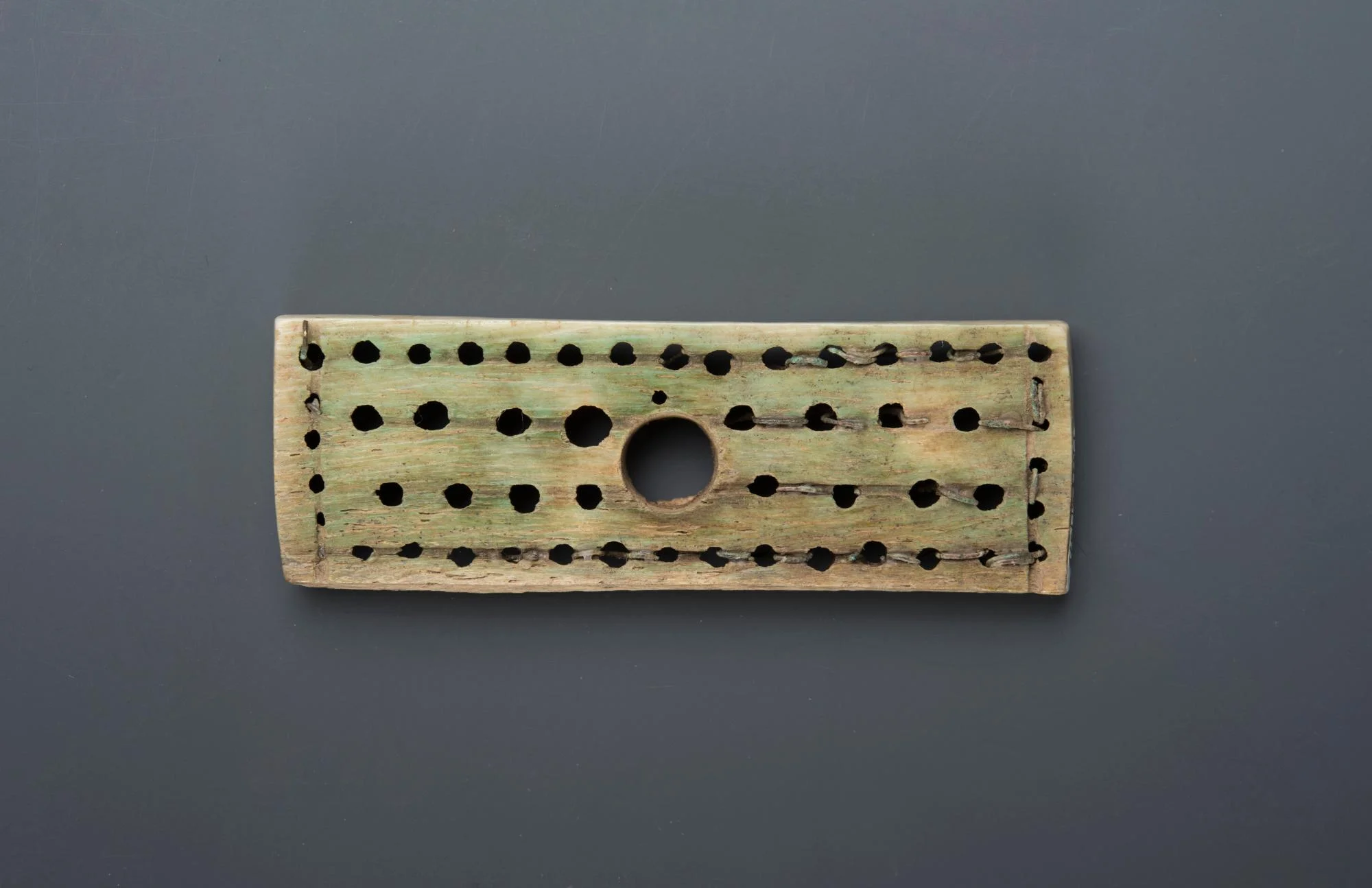
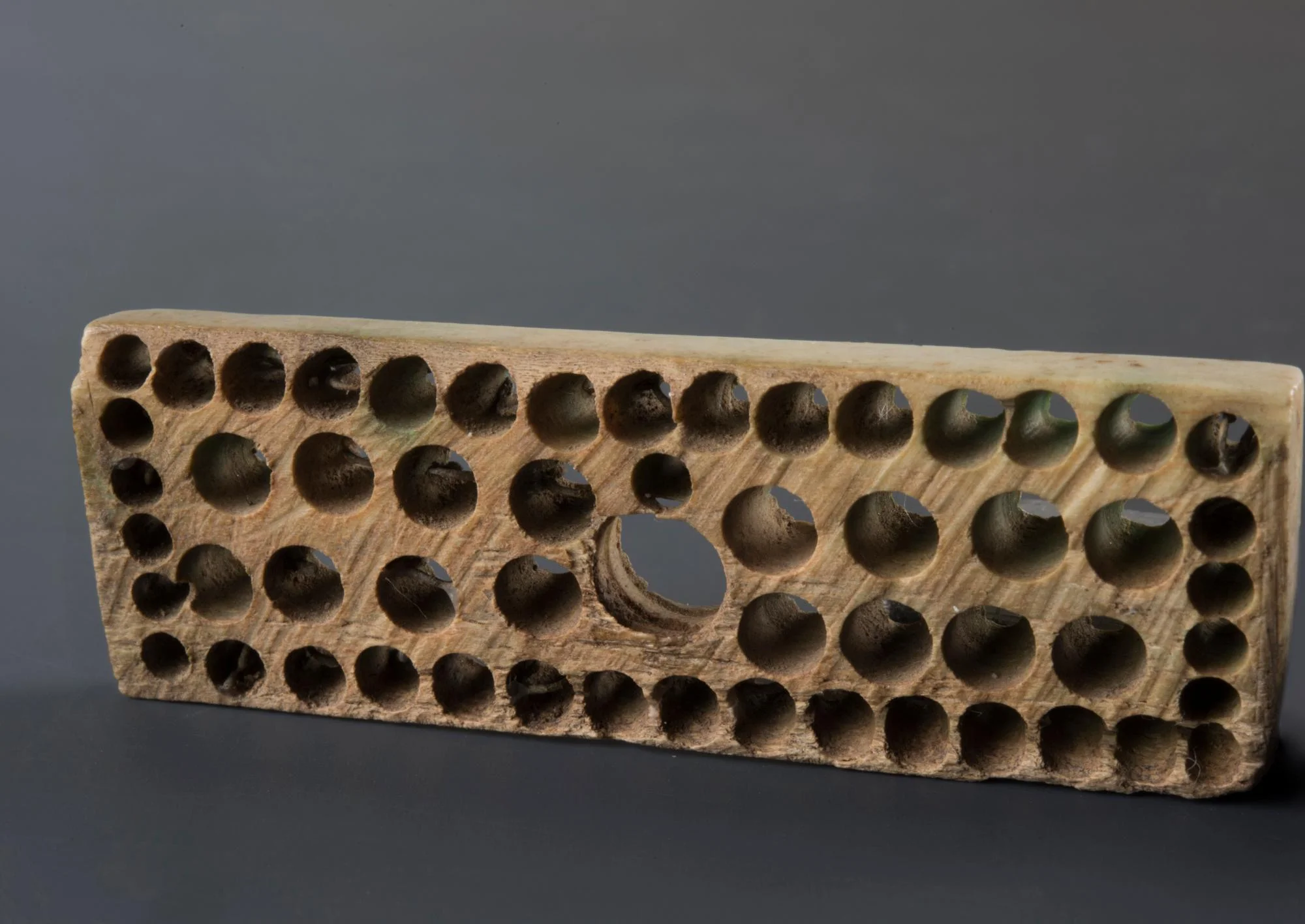
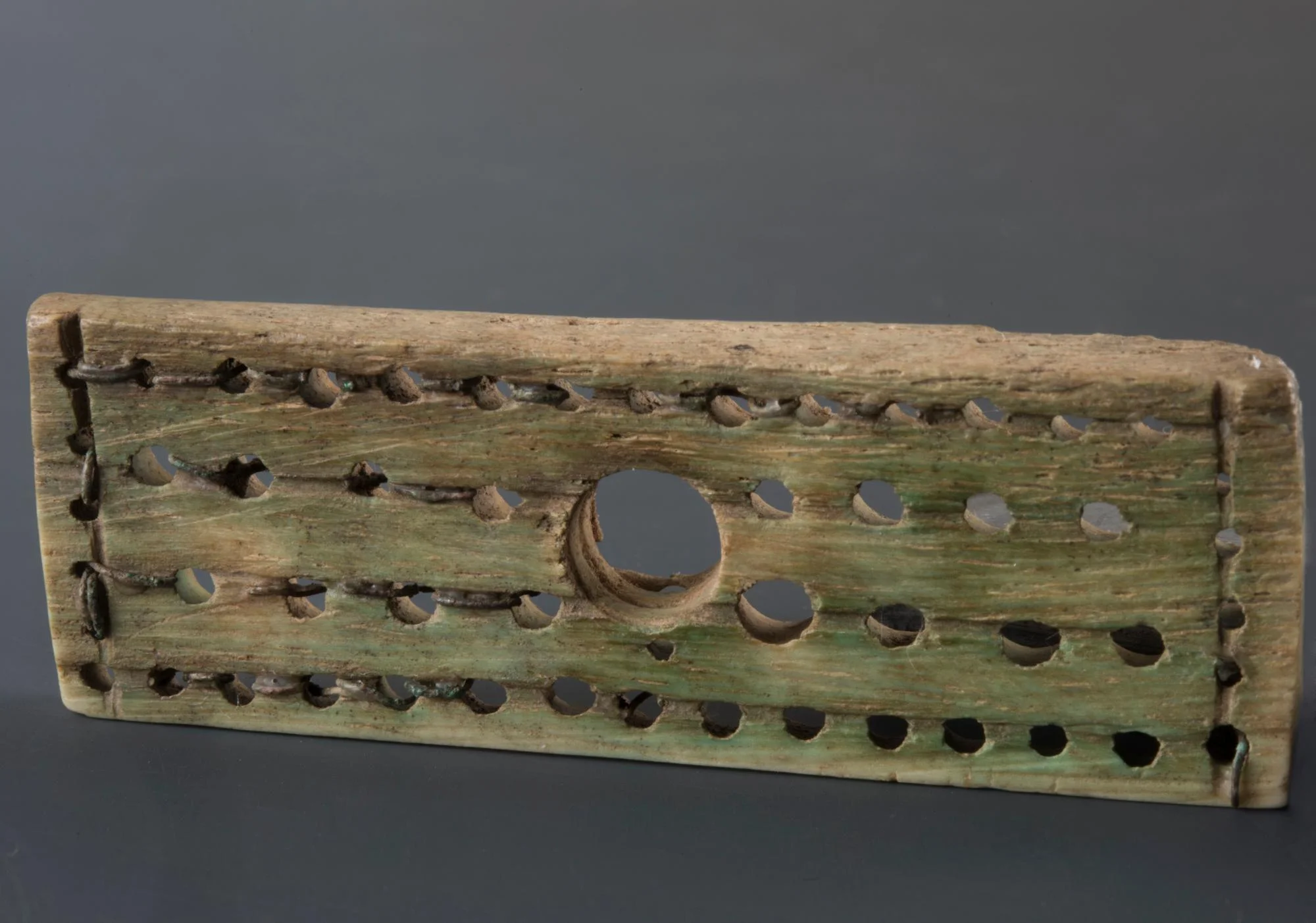
 All Other Artifacts
All Other Artifacts